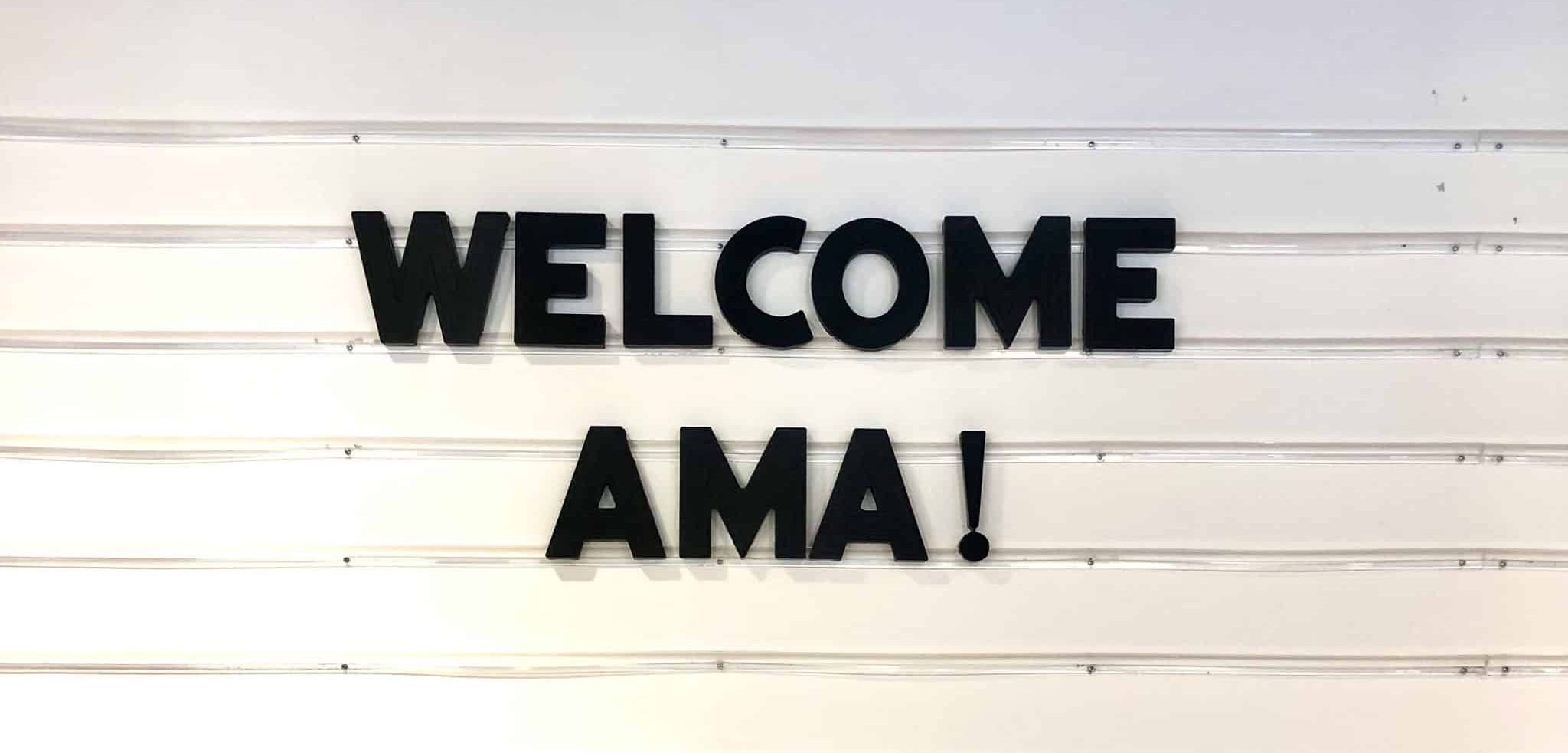Entrepreneurs won’t waste this plague opportunity.
Throughout history, great minds have used times of seclusion to create their best work. During the Bubonic Plague of 1665-66, Isaac Newton retreated from Cambridge to a countryside farm. While holed up, he invented calculus and formulated his laws of motion and gravity.
The same will be true of this plague. Entrepreneurs will use this quiet time to plan new business ventures. And when an entrepreneur creates a plan, the venture will need a name – a brand – in legal speak, a trademark.
Tip to entrepreneurs: Envision building a brand to be like building a strong fort. (Hat tip to trademarks blogger Eric Pelton for the idea of thinking of marks protection as a fort.)
A fort and a brand have similar purposes. A fort is where you can accumulate and store treasure, and protect that treasure from theft or destruction by others. A brand is where you build and store goodwill from consumers. Your brand should engender favorable recognition by consumers so they will be repeat customers and refer others.
Imagine a fort with four walls and a domain (a big yard) around it. Each wall serves purpose, as does the domain. The four walls represent trademark selection, clearance, registration, and proper usage. The domain is your buffer zone – the distance in trademark-wording similarity between your trademark and the trademarks used by those offering the same or similar products and services.
Here’s what each of the five elements of the fort does:
Wall 1 – Selection.
Don’t pick a name that’s a generic name for your product or service, like calling a car an AUTOMOBILE. You can’t have a trademark in a generic name.
Don’t pick a name that merely describes your goods, like calling a bank PEOPLE’S BANK. You won’t be able to protect that name.
It’s better to pick a name that only suggests something about your product (like CHAMPION for sporting goods) or that has nothing to do with your goods (like APPLE for computers) or that’s a made-up word (like EXXON for gas).
Wall 2 – Clearance.
In trademarks, as with horseshoes and hand grenades, too close will kill you. You can’t use a trademark that’s too close to another trademark being used for the same or similar goods or services.
Come up with a list of at least five dissimilar trademark candidates. Have a trademark attorney vet them before you commit to one. Pick the one that does best in clearance.
The more space in wording similarity between your trademark and the trademarks of similar businesses, the better your brand will stand out in the marketplace and avoid confusion with others. This space will be your trademark buffer zone – your domain.
Wall 3 – Registration.
You then will federally register your trademark. Doing so creates at least 23 advantages you won’t have if you merely use your trademark without registering it.
Wall 4 – Proper Usage.
Don’t kill your trademark by how you use it. Use appropriate symbols to identify it as your trademark property, such as using ® after it becomes federally registered. Don’t use your trademark as the generic or descriptive name of what you are branding, and don’t allow others to do so.
The Domain – the Buffer Zone.
To protect your domain, have your trademark attorney to perform regular trademark-infringement watching and policing, to keep that buffer zone clear. The biggest mistake brand owners typically make is not having this done.
Why Does this Matter?
Think about what happens if one of a real fort’s walls is missing or crumbles, or if you don’t keep the domain around the fort clear. Eventually, the fort will be conquered.
Similarly, if you don’t build and maintain a strong trademark fort, your brand will fall. If that happens, the consumer goodwill associated with your wonderful product or service will be lost and your business will decline.
© 2020 Leading-Edge Law Group, PLC. All rights reserved.
Like this blog? Visit the Brand Bodyguards blog for more!




